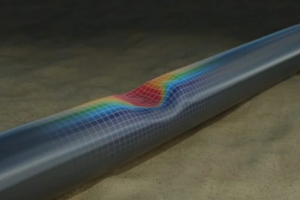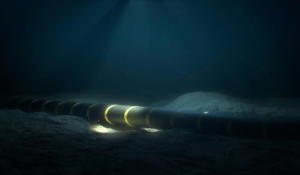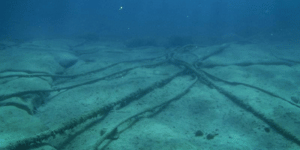
Introduction
We were approached by a developer who had recently installed a wind farm in the East Irish Sea. They had found that some cables were spanning around the wind turbine towers and wanted to verify the fatigue assessment done on the cable components.
Scope
The assessment of the cable components had been carried out based on predicted motions and, while it predicted that the armour windings had sufficient fatigue life, the developer wanted to verify this by validating the predicted cable motions.
The Jee team was tasked with developing a system to the environmental conditions at the cable location and the associated horizontal and vertical cable motions. Since motion is the critical loading condition for fatigue the equipment needed to be designed to clearly define both horizontal and vertical motion.
Solution
We considered a variety of options for monitoring the cable motions before selecting a preferred monitoring system for which we carried out a detailed design.
Our preferred design was an accelerometer-based monitoring system, with the cable-linked back to a power station and data logging unit mounted on the monopile access platform. Data would be transmitted via fibre optics to shore where it could then be securely sent over the internet to any computer. An Acoustic Wave and Current (AWAC) monitoring system would also be installed locally to monitor metocean conditions.
We took on the management of procurement, fabrication, assembly, and testing of the system equipment and the completed equipment was installed by our team.
Upon completion we were then able to download the data created by the system and analyse, interpret, and report on the data findings.
Conclusion
Using new innovative technology our specialist engineers were able to develop a monitoring system which allowed our client to review the actual movement of the cables in real-time from remote office locations.
The data collected from the monitoring system could then be used by the Jee team to validate the modelling performed to predict fatigue life against observed cable behaviour, giving the client assurance and confidence the cables would not fail due to fatigue before predicted.
A real-time monitoring system also allows the client to retrieve the data without needing to wait for suitable sea conditions and reduces the risk of the data retrieval operation.



